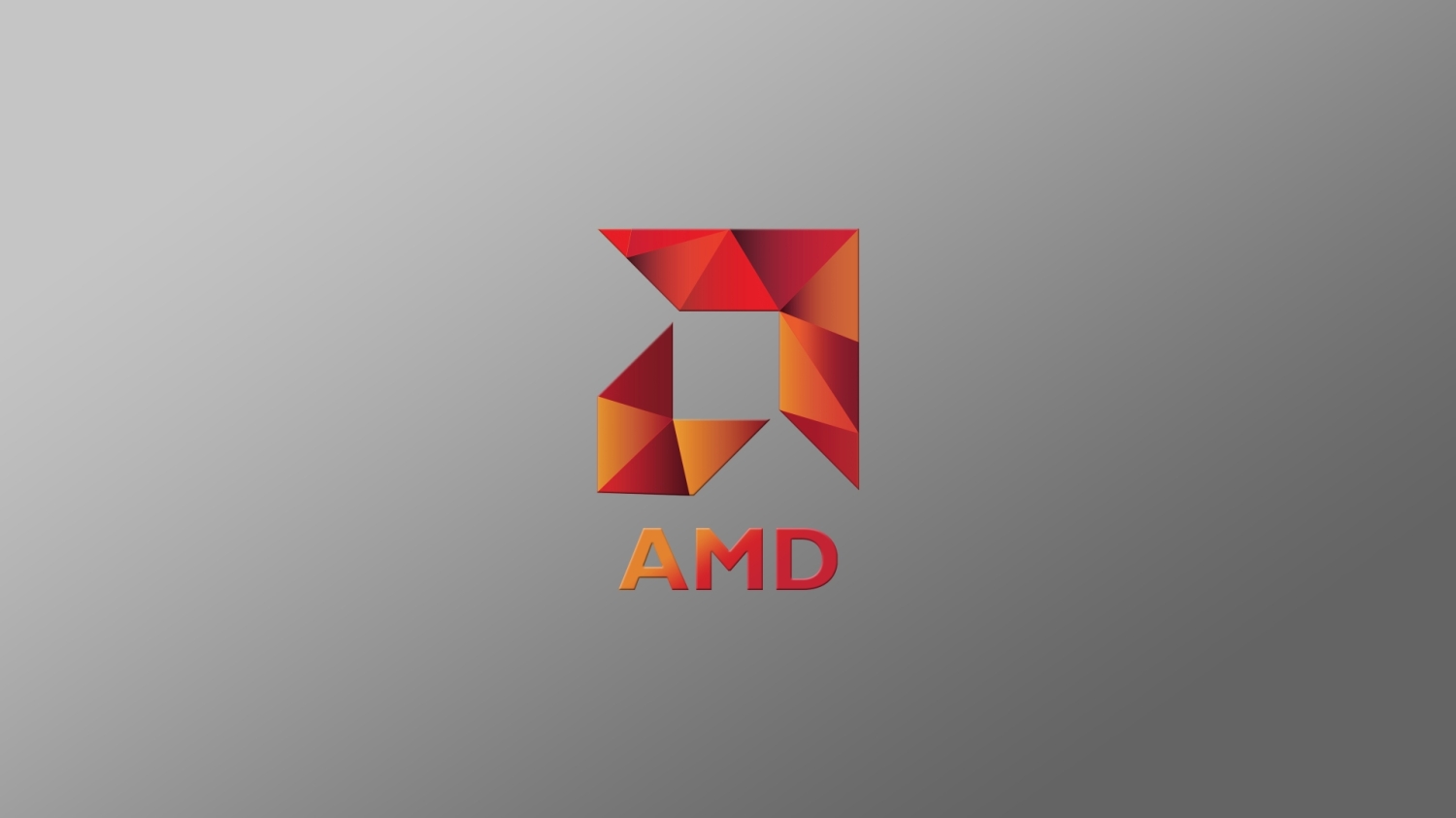If you normalize CUs and Clock frequencies.
(6900XT is 23TF and the 7900XT is 25.7TF (discarding dual issue shaders) thats a 8% flop advantage for the 7900XT)
7900XT is 26.5% faster and 6900XT is 21% slower
The 7900XT also has 56% memory bandwidth advantage, i think at 4K the 6900XT infinity cache pool will be insufficient forcing it to access its main memory pool more often
So when factoring in that 56% bandwidth advantage, that
26.5% RT improvement is less impressive because it means some of it can be attributed to bandwidth bottleneck on the 6900XT running at 4K
Funnily enough if you compare 6800XT 20.7TF and the 7800XT (18.6TF)
7800XT 10% less theoretical flop performance
On
Alan Wake 2 Path Tracing, 7800XT is 16% faster before factoring in its 10% flop deficit that would make the 7800XT
26% faster with normalized flop performance
Phantom Liberty RT 7800XT is ~10% faster before factoring in its 10% flop deficit that would make the 7800XT
20% faster with normalized flops
Its not a perfect way to compare but it shows the alleged 1.5x RT improvement was an exaggeration
I believe the 7700XT is bottlenecked by bandwidth, 90% of the 7800XT CUs but only 70% (30% less) the memory bandwidth and 75% (25% less) the amount of infinity cache
Theres no 4nm, TSMC next node is 3nm
The only options are based on 5nm, so its either N5 or N4P which is a
"a performance-focused enhancement of the 5-nanometer"
True... but if im remembering correctly N6 entered production in 2020 same year as PS5 launch
N7 entered production in 2018 two years before PS5 launch
N4P entered production in 2022 which would also make it 2 years before PS5 Pro launch giving AMD/Sony enough time to produce wafers on N4 for 2024, so while nothing is set in stone I think the probability is high that they will go with N4
Also TSMC claims 4NP lowers process complexity and improves wafer cycle time so that should make it cheaper












